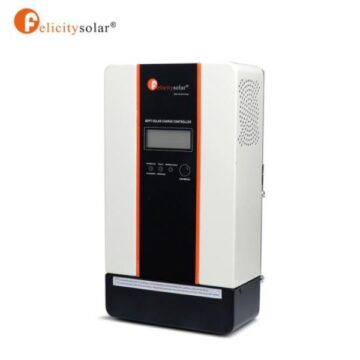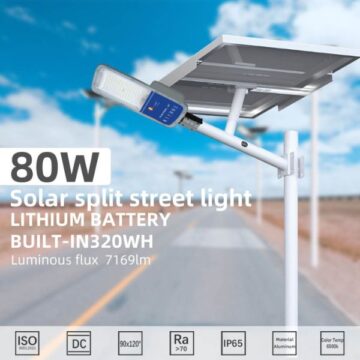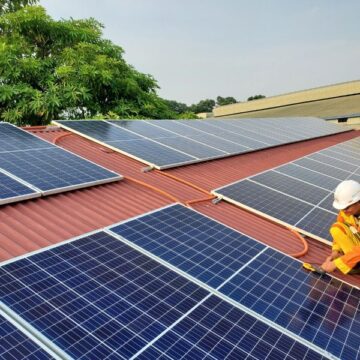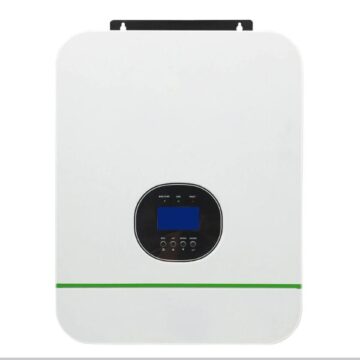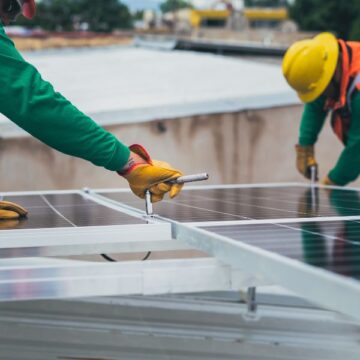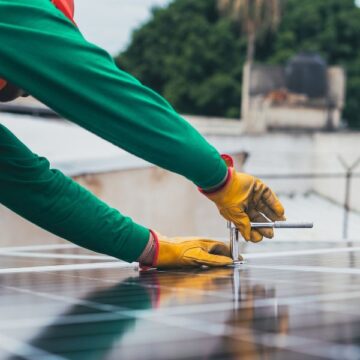Based on a number of variables, including the size and type of the system, the components’ quality, the difficulty of the installation, and the location, the cost of a solar system in Kenya can vary significantly. At Happy Solar Systems we have made it simpler to choose a solar package that would fit your budget. Kindly see Our Solar Power Packages Here. You can use the following general principles to understand the price range for various solar system types in Kenya:
Solar-powered off-grid systems:
Costs for modest off-grid solar systems can range from KES 10,000 to KES 50,000 and are intended to power basic appliances like lights, phone chargers, and small devices.
Medium-sized off-grid systems can cost between KES 50,000 and KES 150,000 ), depending on their ability to power additional items like a small refrigerator or TV.
Depending on capacity, larger off-grid systems that can power more appliances or even a full residence can cost anywhere from KES 150,000 to KES 500,000 ($1,500 to $5,000) or more.
Grid-connected solar systems
Because they don’t need batteries, grid-tied solar systems, which are connected to the national grid, are often less expensive than off-grid systems. Each installed kilowatt (kW) of solar capacity might cost between KES 100,000 and KES 300,000 for these systems.
Depending on variables like panel quality and installation complexity, you can expect to pay anywhere from KES 300,000 and KES 1,500,000 ($3,000 to $15,000) or more for an average-sized grid-tied residential solar system (e.g., 3-5 kW).
Solar hybrid systems
Hybrid solar systems enable energy independence and standby power by combining solar panels and battery storage. Depending on the size and components, the price might vary greatly, but it normally ranges from KES 500,000 to KES 2,000,000 or more.
Industrial and commercial systems:
Based on capacity and complexity, the cost of larger solar systems for commercial or industrial usage might vary dramatically. These systems can cost anything from Kshs 1,500,000 to several hundred thousand Kenyan Shillings (KES) or more depending on the intended capacity required.
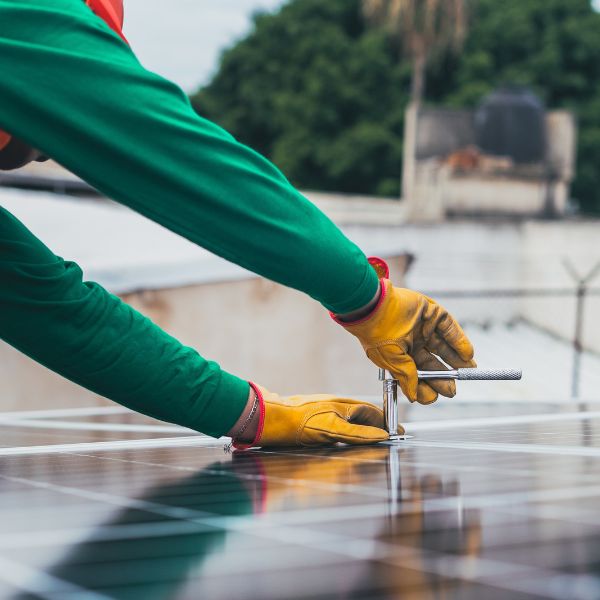
Conclusion
It’s crucial to keep in mind that the expenses listed above are only estimates and may change depending on things like location, equipment caliber, installation fees, and government incentives or rebates. Additionally, solar system costs in Kenya could alter as technology develops and the solar market changes over time.



